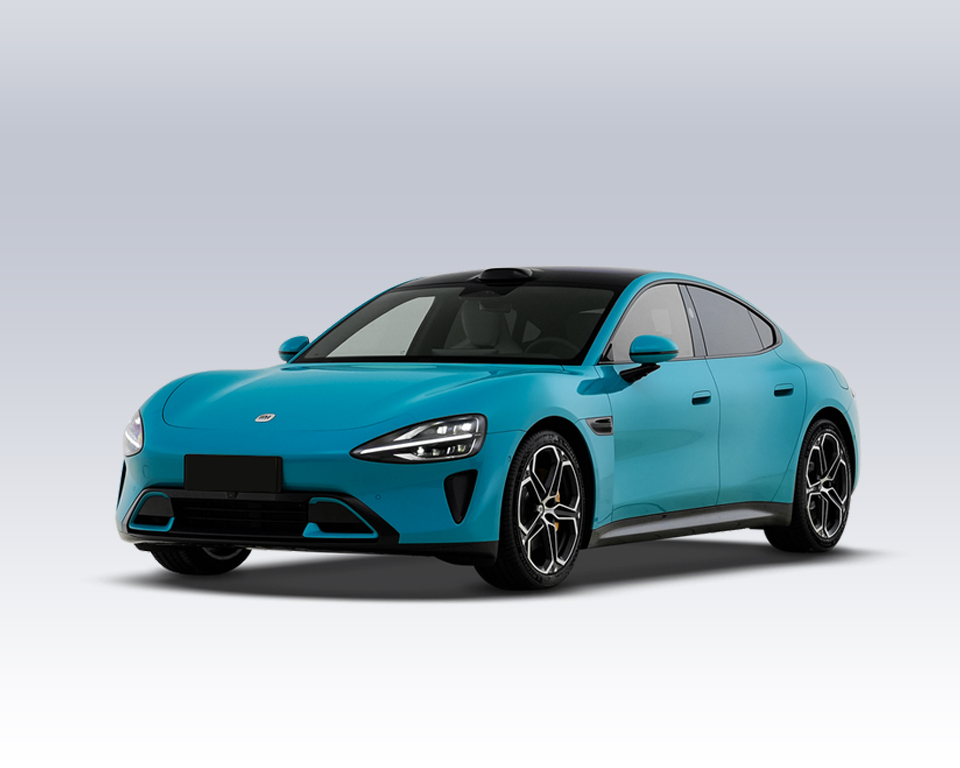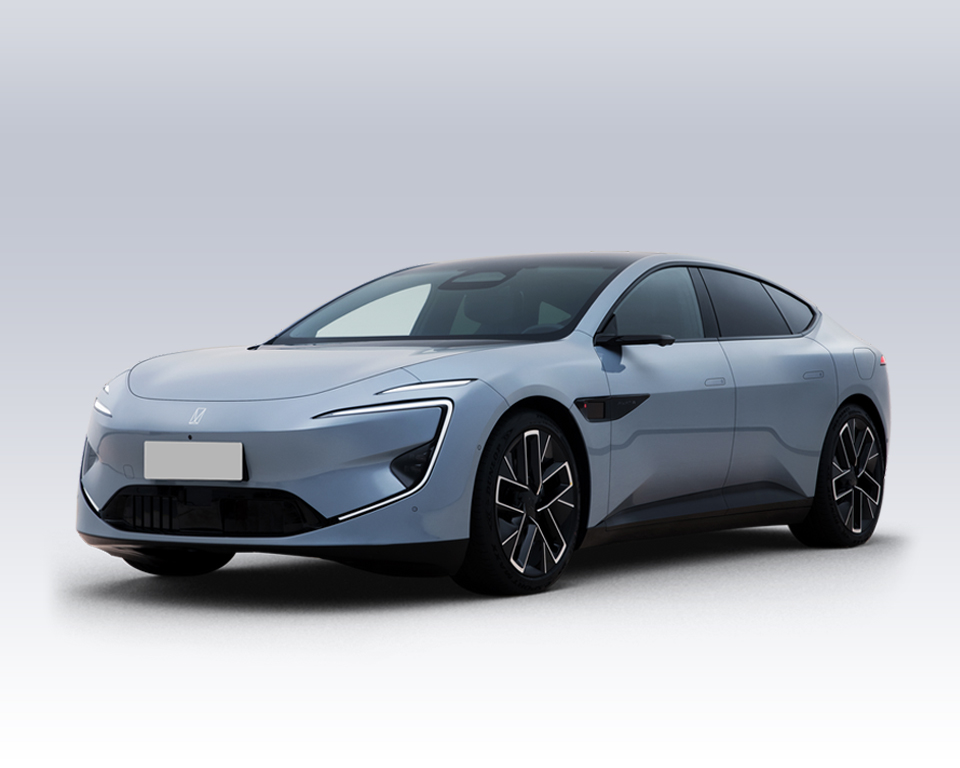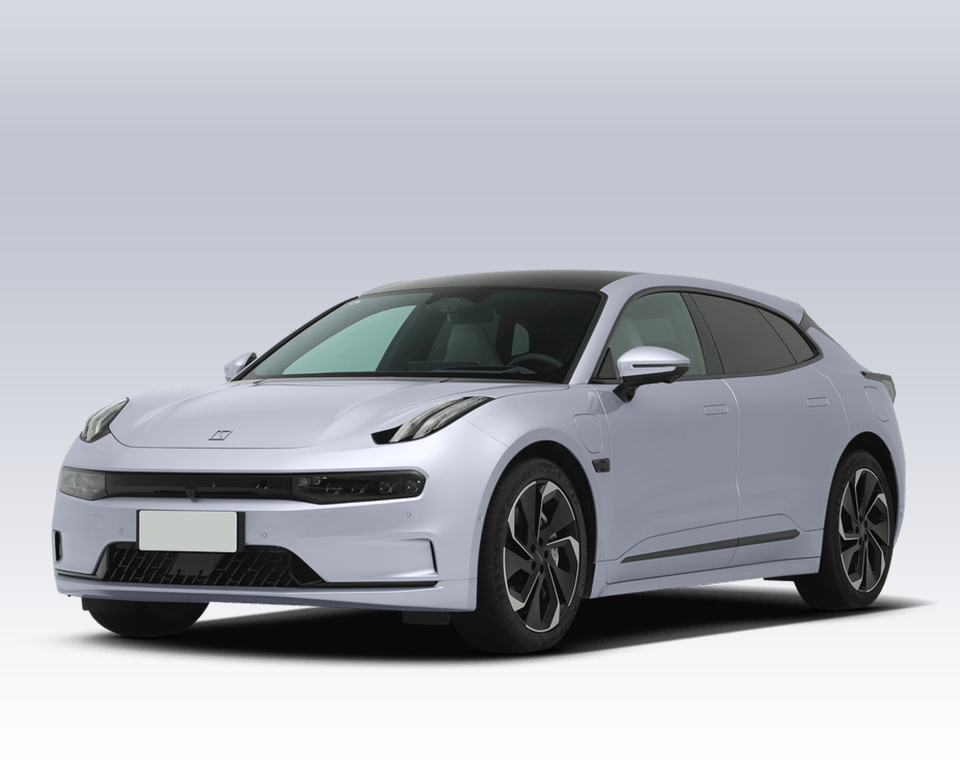How to Interpret China's Automotive Safety Tests? A Deep Dive into C-NCAP Ratings
Across the globe, many organizations hold authoritative and credible positions in new vehicle safety evaluations, with the NCAP system being one of the most prominent and widely recognized. NCAP test results are made publicly available, influencing both a vehicle’s brand image and consumers’ purchasing decisions. As car buyers increasingly prioritize safety, every NCAP rating release garners significant attention. However, most people tend to focus only on the star ratings or overall scores. If one aims to fully understand the strengths and weaknesses of a vehicle, merely relying on these metrics is insufficient.
Take China’s authoritative C-NCAP (China New Car Assessment Program) as an example. The star ratings and overall scores reflect the vehicle’s comprehensive performance under testing but do not reveal its strengths or weaknesses in specific areas. It’s akin to a student excelling in overall grades without necessarily being outstanding in every subject. Therefore, to truly assess a car’s pros and cons, we must delve deeper into the factors behind the ratings and scores.
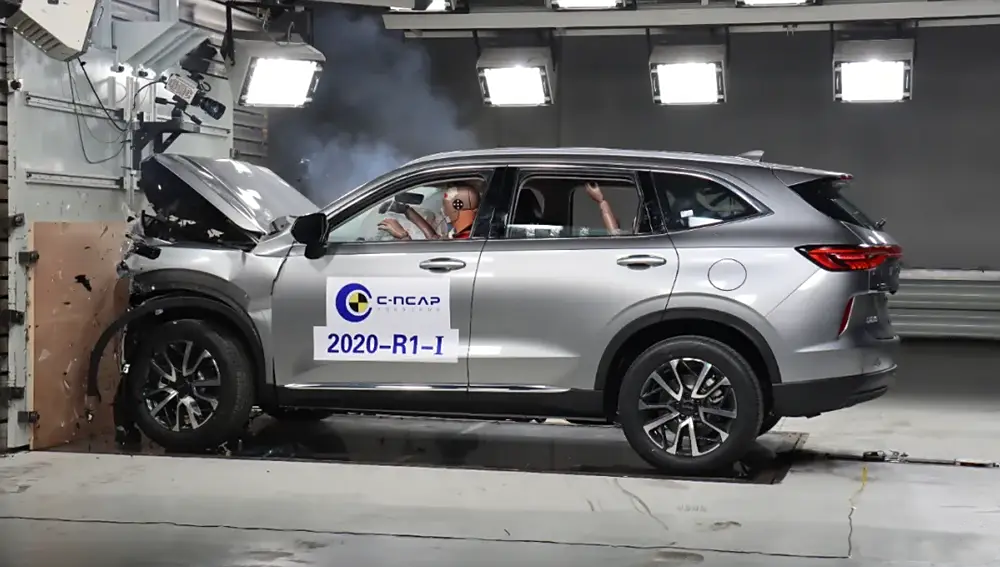
What Does C-NCAP Evaluate?
Currently, C-NCAP follows latest 2021 version, which evaluates three major areas: occupant protection, pedestrian protection, and active safety. These categories comprehensively test a vehicle’s passive safety features, active safety systems, and pedestrian safety measures.

Occupant Protection
This section includes the following tests:
- Full-frontal rigid barrier crash test (100% overlap)
- Offset frontal deformable barrier crash test (40% overlap)
- Side impact test with a mobile deformable barrier
- Rear-end low-speed neck protection test (commonly known as the “whiplash test”)
These tests simulate common real-world collision scenarios. Sensors on crash test dummies collect data to determine injuries to various body parts, providing safety ratings for each test and contributing to the overall score.
Occupant protection is a critical metric for evaluating a car’s passive safety and forms the foundation of NCAP evaluations. Initially, automotive safety focused exclusively on the car’s interior. Over time, technological advancements have shifted the spotlight to external safety, such as pedestrian protection, which we’ll discuss next.

Pedestrian Protection
As vehicle numbers grow worldwide, traffic conditions have become increasingly complex. Cars, given their mass and kinetic energy, pose a significant risk to pedestrians, who are inherently more vulnerable. Consequently, pedestrian safety has gained considerable attention.
C-NCAP includes pedestrian protection as part of its evaluation criteria, reflecting a broader commitment to safety beyond the car itself. These tests assess the severity of injuries sustained by pedestrians in accidents, focusing primarily on critical body areas.
For instance, due to the low height of most car hoods, the legs are the most commonly injured part of a pedestrian’s body. Additionally, when a pedestrian falls after impact, head injuries are often severe. Thus, C-NCAP evaluates pedestrian protection by simulating potential injuries to the legs and head.
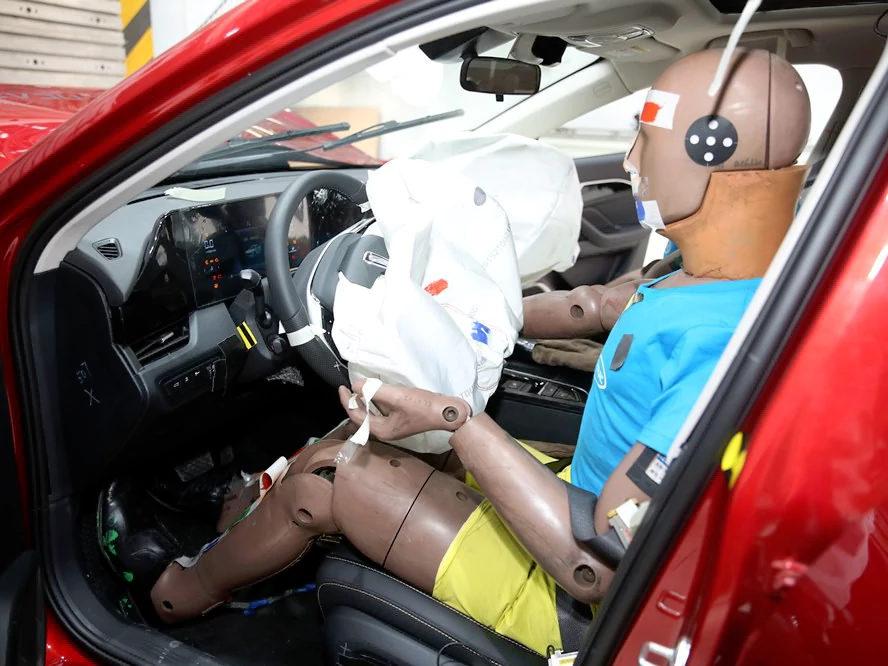
Active Safety
With technological advancements, minimizing risks through proactive measures has become a new frontier in automotive safety. While not all vehicles come equipped with advanced driver assistance systems (ADAS), features like AEB (Automatic Emergency Braking) and ESC (Electronic Stability Control) are now integral to evaluations.
For AEB systems, C-NCAP tests vehicles at different speeds, simulating scenarios with stationary, slow-moving, or braking target vehicles, as well as pedestrian targets. The system’s ability to detect hazards, provide warnings, and initiate emergency braking determines its effectiveness.
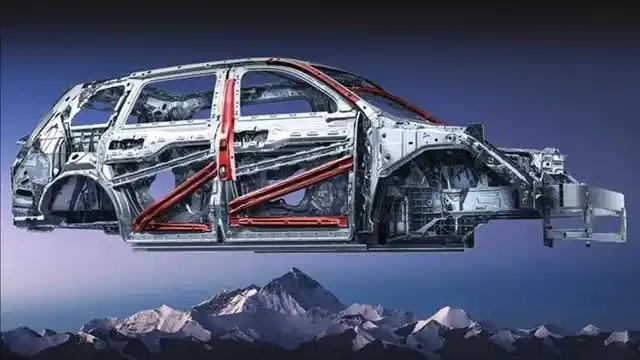
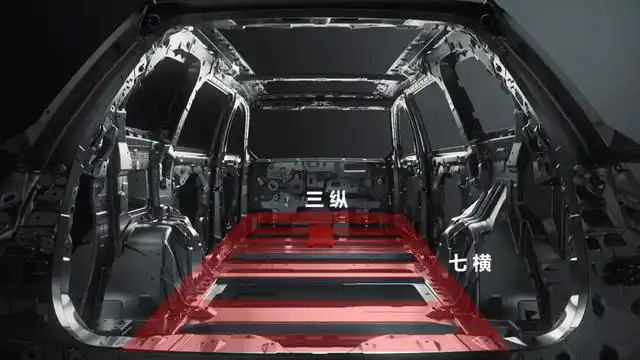
Decoding the Ratings
Based on the results from these three main categories, C-NCAP calculates an overall score rate and assigns a star rating. Understanding the criteria behind the ratings enables consumers to identify key points of interest, providing a clearer picture of the car’s strengths and weaknesses.
Each tested vehicle receives a detailed report, breaking down scores across various subcategories. These reports often include visual aids like dummy diagrams, which use color-coded indicators to illustrate injury severity for different body parts during specific tests, such as full-frontal crash tests or whiplash tests. This detailed, intuitive format makes the results easier to comprehend.

Continuous Evolution: C-NCAP's Contributions to Automotive Safety
Throughout the history of automobiles, safety has become increasingly critical as humanity continues its pursuit of speed. Organizations like C-NCAP, global NCAP systems, and the FIA (Fédération Internationale de l’Automobile) share a common goal: enhancing the safety of vehicles and motorsports. Their collective efforts have saved countless lives by fostering safer designs and technologies.
Looking ahead, as vehicles become smarter and more connected, C-NCAP will align with technological advancements to incorporate more standards for intelligent safety and regularly update its evaluation systems. As traffic conditions grow more challenging, C-NCAP will continue evolving alongside the “New Four Modernizations” of the automotive industry (electrification, intelligence, connectivity, and shared mobility). By consistently refining its standards, C-NCAP remains committed to advancing vehicle safety in China.
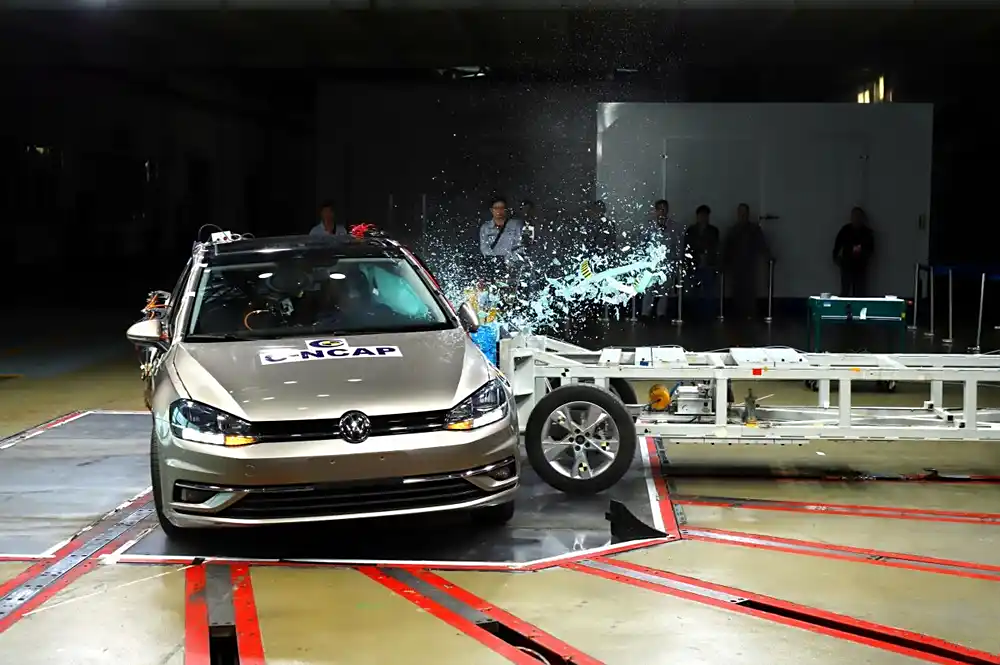
As a credible and authoritative evaluation system, C-NCAP holds a deep respect for life and aims to drive progress in automotive safety. It will continue offering valuable insights into new vehicle performance, ensuring that consumers benefit from reliable and informative assessments.


